Yunyan Zhang
CSS: A Large-scale Cross-schema Chinese Text-to-SQL Medical Dataset
May 25, 2023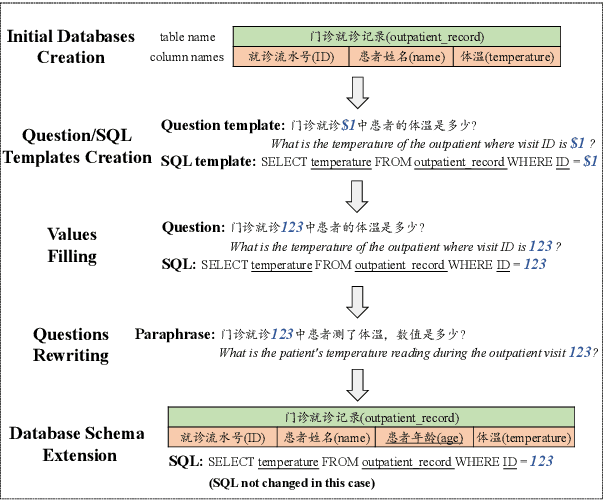
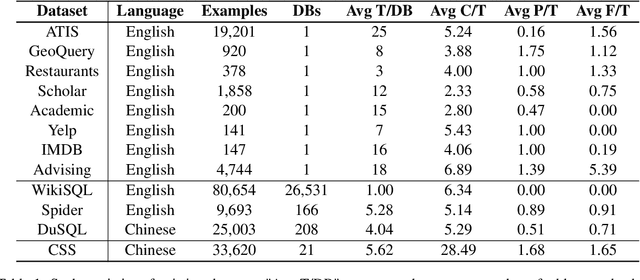
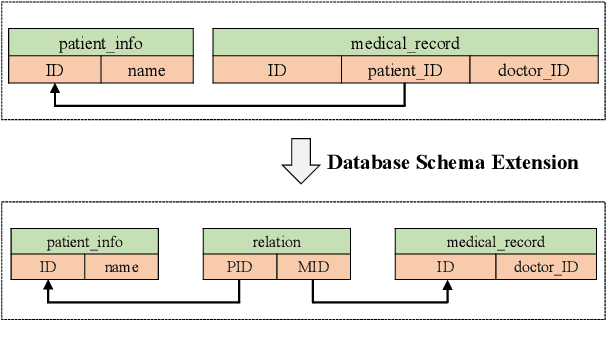
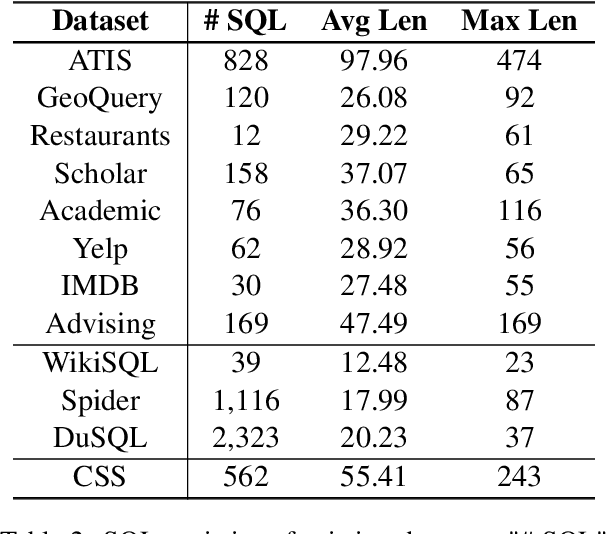
Abstract:The cross-domain text-to-SQL task aims to build a system that can parse user questions into SQL on complete unseen databases, and the single-domain text-to-SQL task evaluates the performance on identical databases. Both of these setups confront unavoidable difficulties in real-world applications. To this end, we introduce the cross-schema text-to-SQL task, where the databases of evaluation data are different from that in the training data but come from the same domain. Furthermore, we present CSS, a large-scale CrosS-Schema Chinese text-to-SQL dataset, to carry on corresponding studies. CSS originally consisted of 4,340 question/SQL pairs across 2 databases. In order to generalize models to different medical systems, we extend CSS and create 19 new databases along with 29,280 corresponding dataset examples. Moreover, CSS is also a large corpus for single-domain Chinese text-to-SQL studies. We present the data collection approach and a series of analyses of the data statistics. To show the potential and usefulness of CSS, benchmarking baselines have been conducted and reported. Our dataset is publicly available at \url{https://huggingface.co/datasets/zhanghanchong/css}.
PRGC: Potential Relation and Global Correspondence Based Joint Relational Triple Extraction
Jun 18, 2021



Abstract:Joint extraction of entities and relations from unstructured texts is a crucial task in information extraction. Recent methods achieve considerable performance but still suffer from some inherent limitations, such as redundancy of relation prediction, poor generalization of span-based extraction and inefficiency. In this paper, we decompose this task into three subtasks, Relation Judgement, Entity Extraction and Subject-object Alignment from a novel perspective and then propose a joint relational triple extraction framework based on Potential Relation and Global Correspondence (PRGC). Specifically, we design a component to predict potential relations, which constrains the following entity extraction to the predicted relation subset rather than all relations; then a relation-specific sequence tagging component is applied to handle the overlapping problem between subjects and objects; finally, a global correspondence component is designed to align the subject and object into a triple with low-complexity. Extensive experiments show that PRGC achieves state-of-the-art performance on public benchmarks with higher efficiency and delivers consistent performance gain on complex scenarios of overlapping triples.
Phase Congruency Parameter Optimization for Enhanced Detection of Image Features for both Natural and Medical Applications
May 05, 2017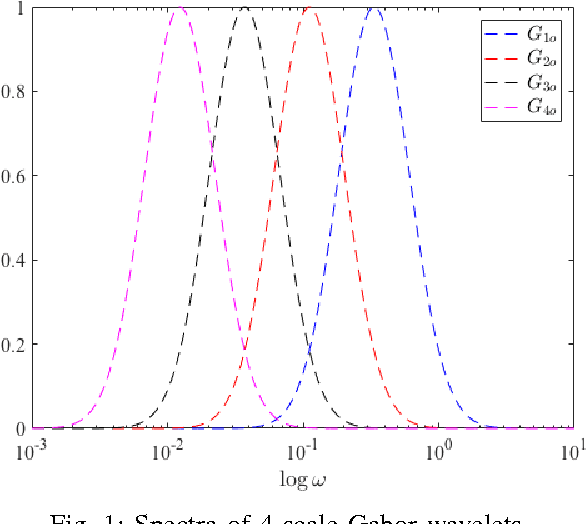
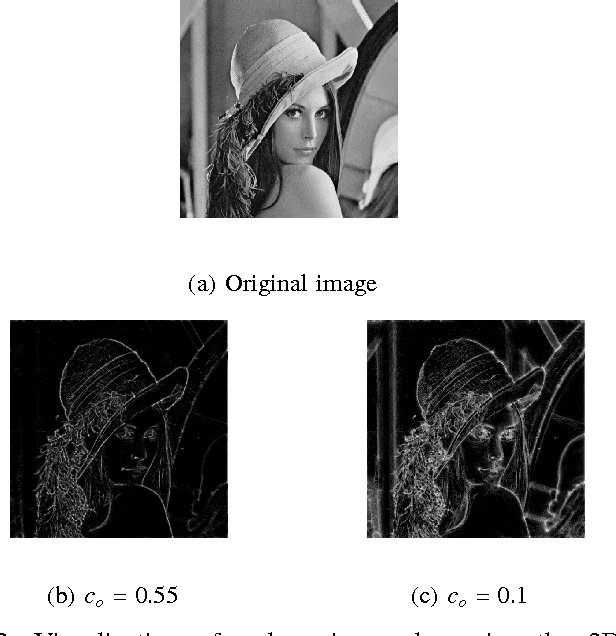
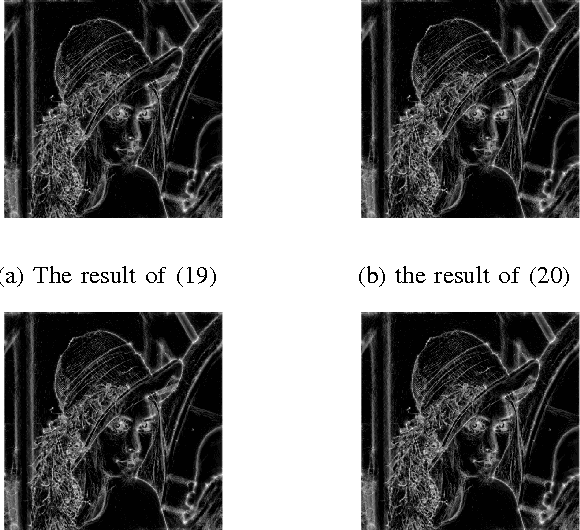
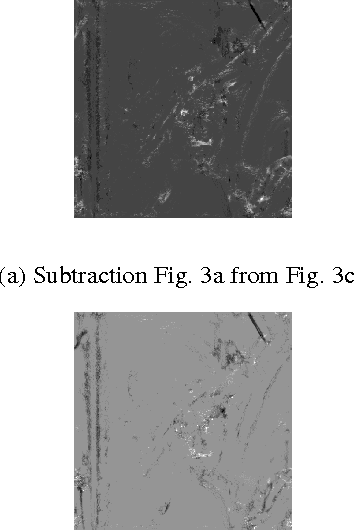
Abstract:Following the presentation and proof of the hypothesis that image features are particularly perceived at points where the Fourier components are maximally in phase, the concept of phase congruency (PC) is introduced. Subsequently, a two-dimensional multi-scale phase congruency (2D-MSPC) is developed, which has been an important tool for detecting and evaluation of image features. However, the 2D-MSPC requires many parameters to be appropriately tuned for optimal image features detection. In this paper, we defined a criterion for parameter optimization of the 2D-MSPC, which is a function of its maximum and minimum moments. We formulated the problem in various optimal and suboptimal frameworks, and discussed the conditions and features of the suboptimal solutions. The effectiveness of the proposed method was verified through several examples, ranging from natural objects to medical images from patients with a neurological disease, multiple sclerosis.
 Add to Chrome
Add to Chrome Add to Firefox
Add to Firefox Add to Edge
Add to Edge